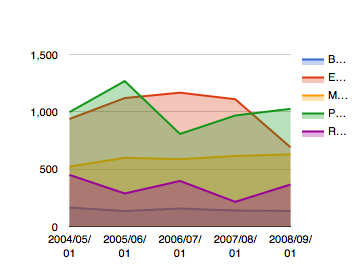Introduction
When choosing a forex broker, one of the crucial factors to consider is the competitiveness of their spreads. Spreads directly impact your trading costs and can significantly affect your profitability. In this article, we will discuss some key steps you can take to ensure that a broker’s spreads are competitive, allowing you to optimize your trading results.
1. Research and Compare
Start by conducting thorough research and comparing the spreads offered by different brokers. Visit their websites or contact their customer support to obtain information about their spreads for various currency pairs. Consider major, minor, and exotic pairs that you are likely to trade. By comparing spreads across multiple brokers, you can identify the ones that offer the most competitive rates.
2. Evaluate Average Spreads
While researching, it’s important to look beyond the advertised spreads and evaluate the average spreads. Brokers may advertise low spreads to attract traders, but their actual average spreads could be higher. Some brokers provide this information on their websites or through their trading platforms. Evaluating average spreads gives you a more accurate picture of the broker’s pricing.
3. Consider Different Account Types
Brokers often offer different account types with varying spreads. Premium or VIP accounts may have tighter spreads compared to standard accounts. Evaluate the spreads for each account type and consider whether the benefits offered by the premium accounts justify the potentially lower spreads. Take into account your trading volume and objectives when choosing the most suitable account type.
4. Test the Trading Platform
Open a demo account with the broker and test their trading platform. Execute trades, monitor spreads, and evaluate the platform’s performance during different market conditions. This hands-on experience will give you a realistic understanding of the spreads offered by the broker and help you determine if they are competitive and consistent.
5. Consider Market Conditions
Spreads can vary depending on market conditions, such as volatility or liquidity. A broker with competitive spreads during normal market conditions may widen their spreads during news releases or periods of high market activity. Consider these factors when evaluating a broker’s spreads. Look for brokers that maintain reasonable spreads even during challenging market conditions.
6. Read Reviews and Seek Recommendations
Reading reviews from other traders and seeking recommendations can provide valuable insights into a broker’s spreads. Traders often share their experiences regarding spreads and overall trading conditions. Look for positive feedback regarding the competitiveness and consistency of spreads. However, keep in mind that individual experiences may vary, and it’s essential to consider multiple sources of information.
Conclusion
Ensuring a broker’s spreads are competitive requires thorough research, evaluation, and testing. Compare spreads, evaluate average spreads, consider different account types, test the trading platform, consider market conditions, read reviews, and seek recommendations. By following these steps, you can identify brokers that offer competitive spreads, allowing you to minimize trading costs and optimize your trading outcomes.


